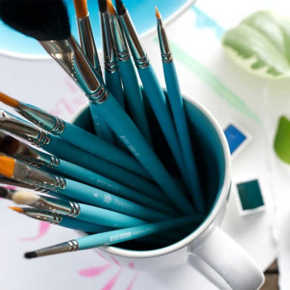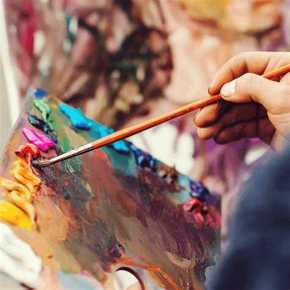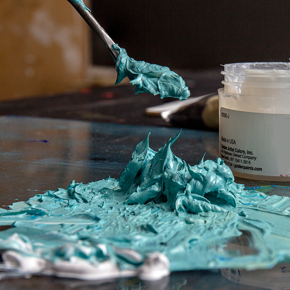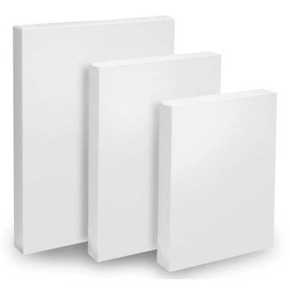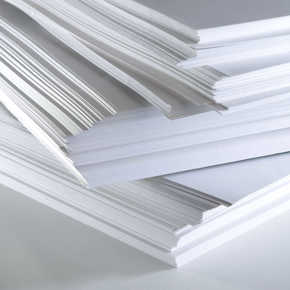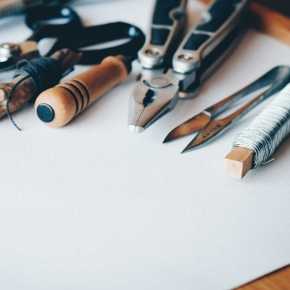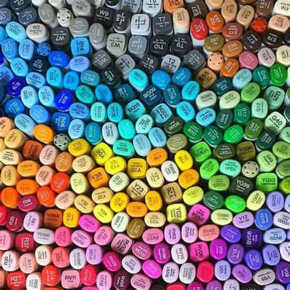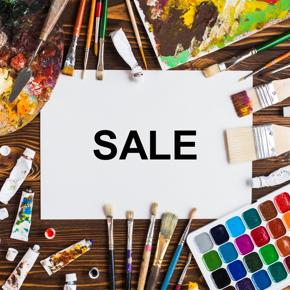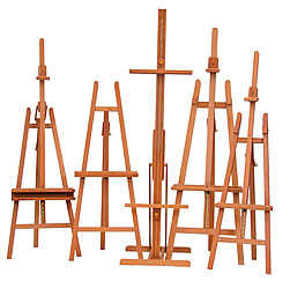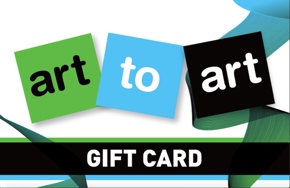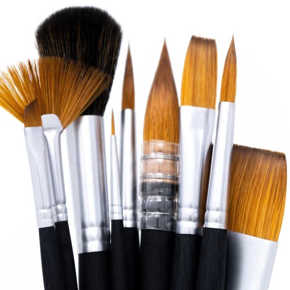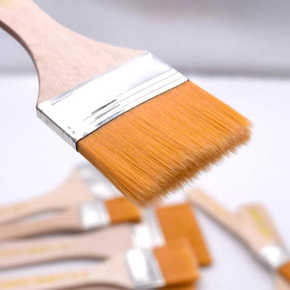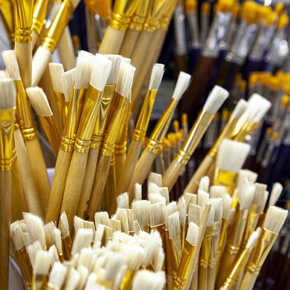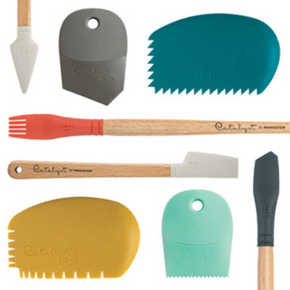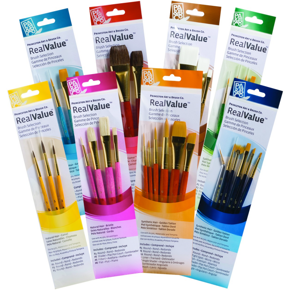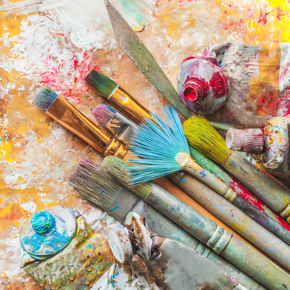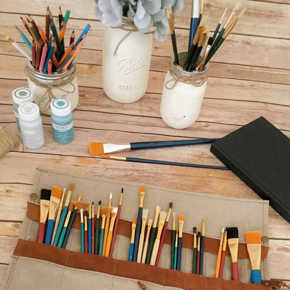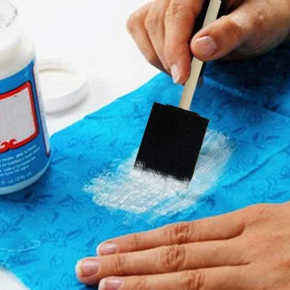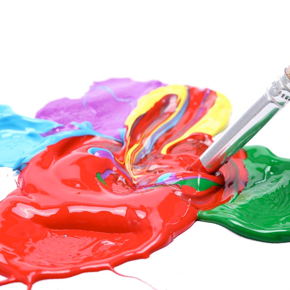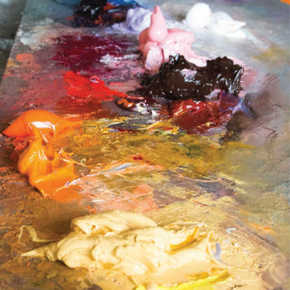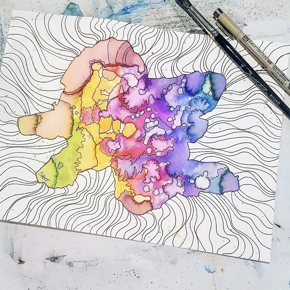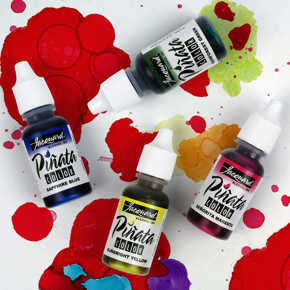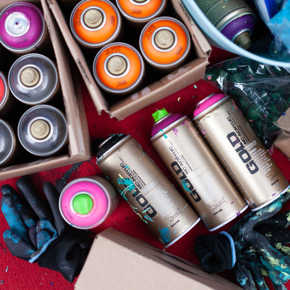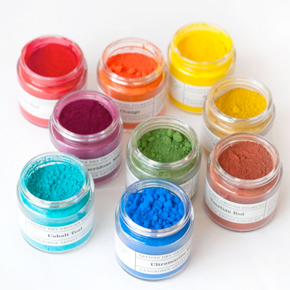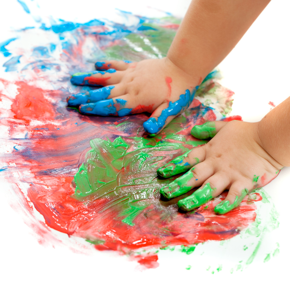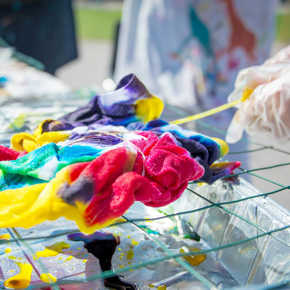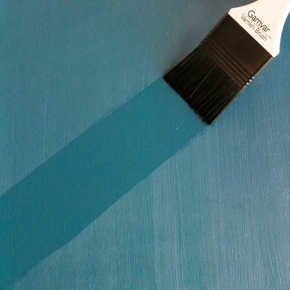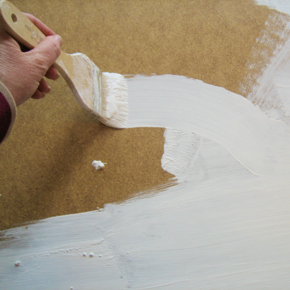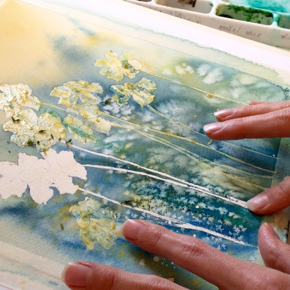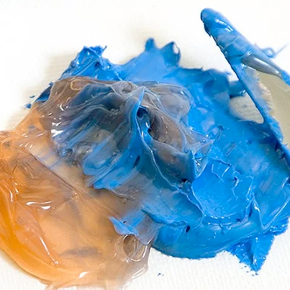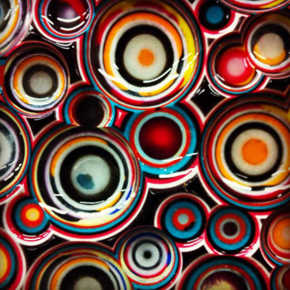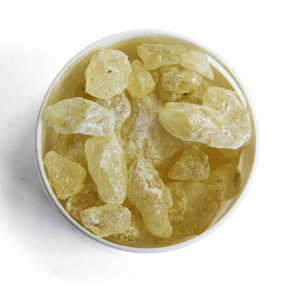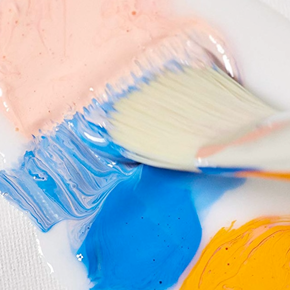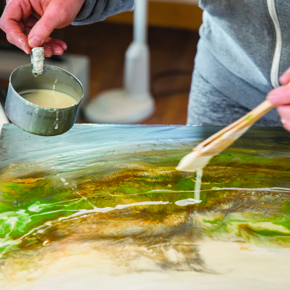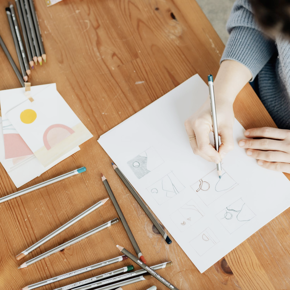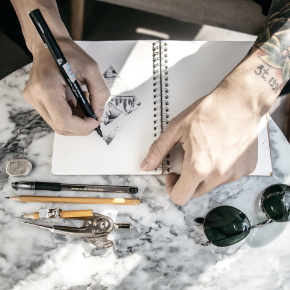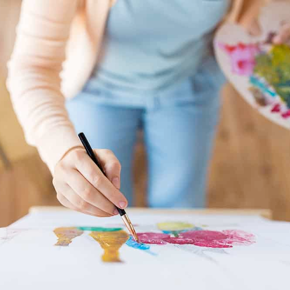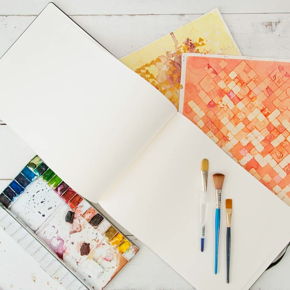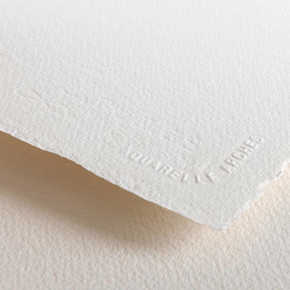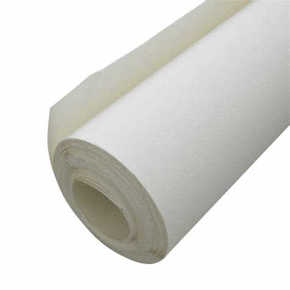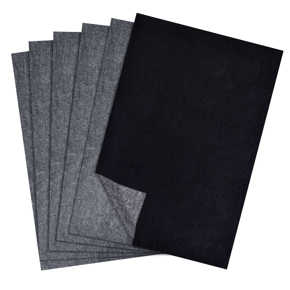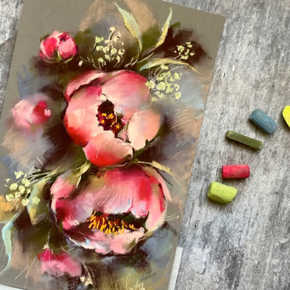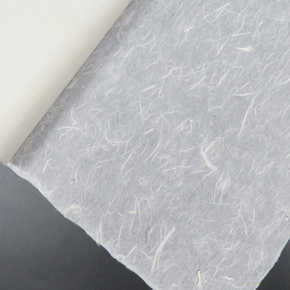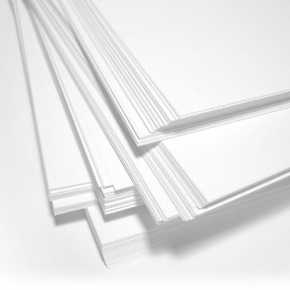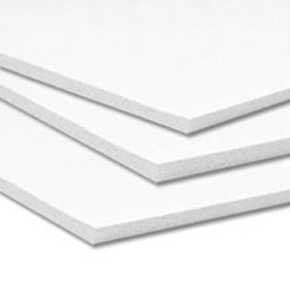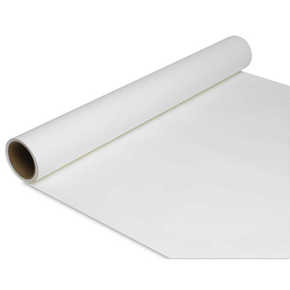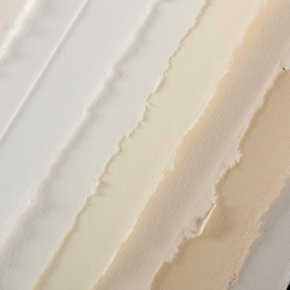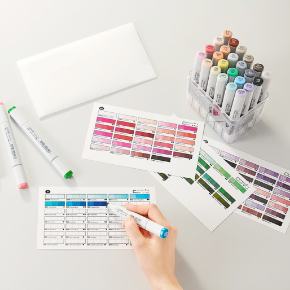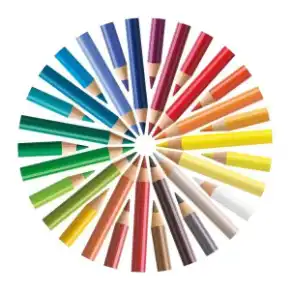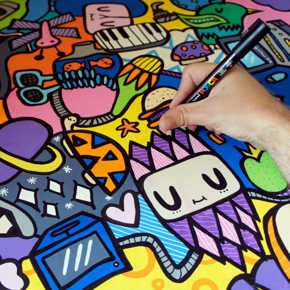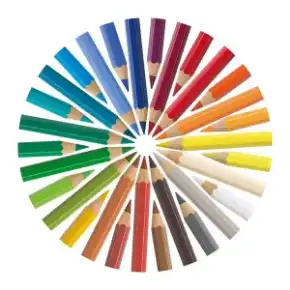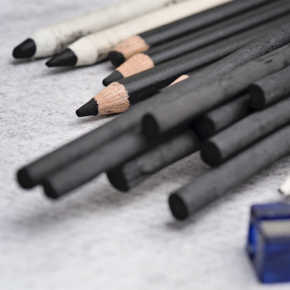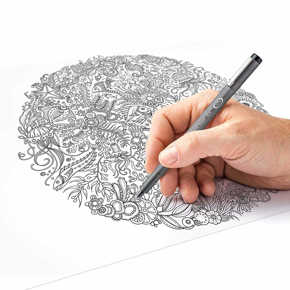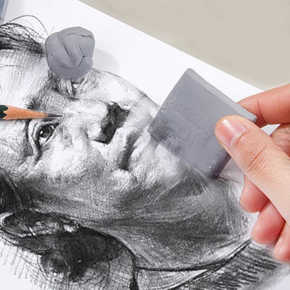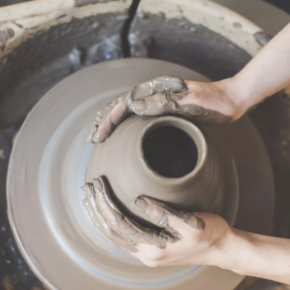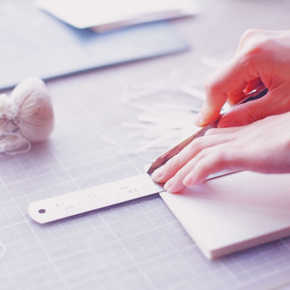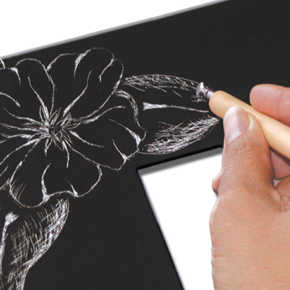Gouache Paints
Shop gouache paint online at Art to Art to add more body and depth to your paintings. More opaque than the watercolour paint you might be used to, gouache paint contains larger particles of pigment that help you get that photo-realistic look that you simply can't achieve with traditional watercolours.
Gouache paint has a number of uses, including illustration, posters, comics, plein air painting and design. Grab your gouache supplies from Art to Art and add in paint brushes to qualify for our $100 free shipping, anywhere in Australia.
Gouache Paints
Discounted gouache paints and a variety of other art supplies can be found both in our physical store and online. For those unsure whether gouache is the ideal choice for their artistic needs, our Paint Buying Guide provides detailed information to help make an informed decision. This guide, along with our extensive selection of gouache paints at reduced prices, is designed to enhance your artistic experience.. At Art to Art, you can choose from popular brands like Daniel Smith Gouache, Art Spectrum Gouache, Daler Rowney Gouache and Mont Marte. You can also find gouache paint sets with 6 colours all the way up to 24!
Because it’s similar to watercolour, gouache is ideal for both professionals and beginners. This also means you can find premium gouache (made with gum arabic) or student-grade paint (made with dextrin). Gouache is also water soluble, so you can use your watercolour brushes without fear of them being damaged like with your acrylic painting gear. Don’t limit yourself to just paint brushes either. Try using a palette knife to mix the colours or take them off the art canvas if you think it's been applied too thickly.
Experimenting with gouache on scrap paper allows an artist to explore the paint's behavior without the pressure of ruining a final piece. By testing the paint on these extra sheets, you can observe how the pigment spreads, how it reacts with the paper, how layering affects intensity, and how it mixes with other colors. This practical hands-on approach provides deeper insight into the medium, enabling more controlled and informed application in subsequent artworks.Gouache painting offers a variety of techniques that cater to different artistic effects. Among the most popular methods are staining, layering, and dry brushing.
Staining - This technique involves applying a diluted gouache paint over the entire surface to serve as a foundational wash. To do this, thin the paint to a watercolor-like consistency and spread it across the canvas. This base layer is particularly useful for uniformly adding background colors in larger areas such as skies and landscapes.
Layering - Building on the initial stained layer, artists can then introduce more layers. By using gouache with less water, the paint becomes more opaque, allowing for the addition of richer, more vivid colors. This method is ideal for covering underlying pencil sketches and for adding finer details to the painting.
Dry Brushing To add texture to a gouache painting, dry brushing is a highly effective technique. It involves lightly loading a brush with paint that has only a minimal amount of moisture and then lightly brushing off any excess on a paper towel. The dry brush is then swept over the painting, creating a textured, feathered effect that enhances the visual depth of the artwork.
FAQs
Do professional artists use gouache?
They sure do! Because it is so versatile, it can mimic other mediums and types of paint like oil paint.It can also be mixed with water to look like you've used both watercolour and gouache within the same piece. It was good enough for Henri Matisse, so we feel that it will fit your professional use case too!
What Brushes Should You Use for Gouache?
Opt for synthetic flat brushes as they offer superior control over water levels compared to other types.Soft-haired brushes are preferable because they let you apply new layers gently over existing ones without blending the colours unintentionally. Harder bristles, on the other hand, tend to mix with the layers below, ruining the layered effect.
What is gouache paint?
Gouache paint is a water soluble, water based opaque paint that is similar to watercolour, but creates a bolder and thicker look. It's quick drying and very versatile to work with, making it a favourite of mixed media artists everywhere. Recently, acrylic gouache was created, but it's far less common than the traditional type.
What is the difference between watercolour and gouache paint?
The difference between gouache paint sets and watercolour paints is that the traditional gouache is much thicker, and more opaque. Whilst it's made from similar ingredients to watercolours, the pigments used in its production are much thicker, leading it to be used in posters and photo-realistic reproductions of subjects.
Is gouache paint good for beginners?
Because it's quite easy to work with, gouache lends itself well to beginners, and you can reuse some of your supplies, like watercolour painting paper and paint brushes.
Can You Paint with Dried Gouache?
Absolutely, you can paint with dried gouache! Revitalizing dried gouache is quite simple and effective.
Does granulating gouache exist?
The short answer is: yes, but with conditions. Gouache itself doesn’t granulate; instead, the granulation comes from certain pigments within the gouache.
Which paper do you use for gouache painting?
When it comes to gouache painting, the type of paper you use can make a huge difference. opt for hot pressed paper 100% cotton paper, specifically because its smooth surface allows the paint to glide effortlessly, making it easier to achieve precise, clean lines. Using rough paper, on the other hand, often results in 'brush drag,' which can hinder your ability to create sharp details.
How do you varnish or seal gouache?
Varnishing or sealing gouache paintings requires careful consideration due to the nature of the medium. Unlike some other paints, gouache is water-soluble and can be reactivated with moisture. This makes the sealing process slightly more delicate.
One popular method is using a cold wax varnish. Cold wax offers a protective layer without altering the matte finish that many artists cherish in gouache paintings. To apply, gently rub a small amount of cold wax onto the surface using a soft cloth, ensuring you cover the entire painting evenly. Allow it to dry and then buff lightly for a smooth finish. Alternatively, a spray varnish can also be used.
Can you combine watercolour and gouache?
Absolutely, combining watercolour and gouache is not only possible but also highly effective. These two mediums are incredibly compatible because they both use the same type of binder.

